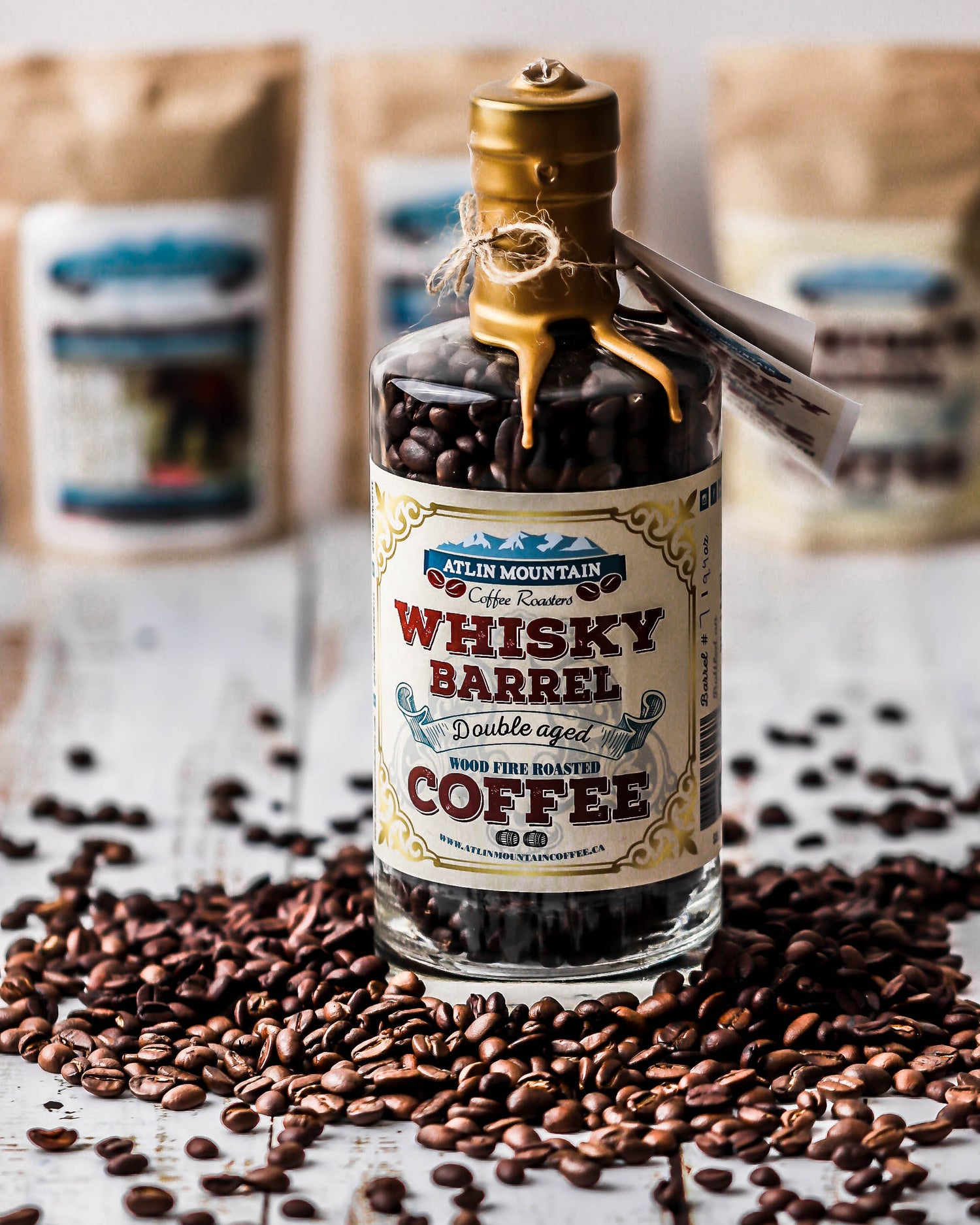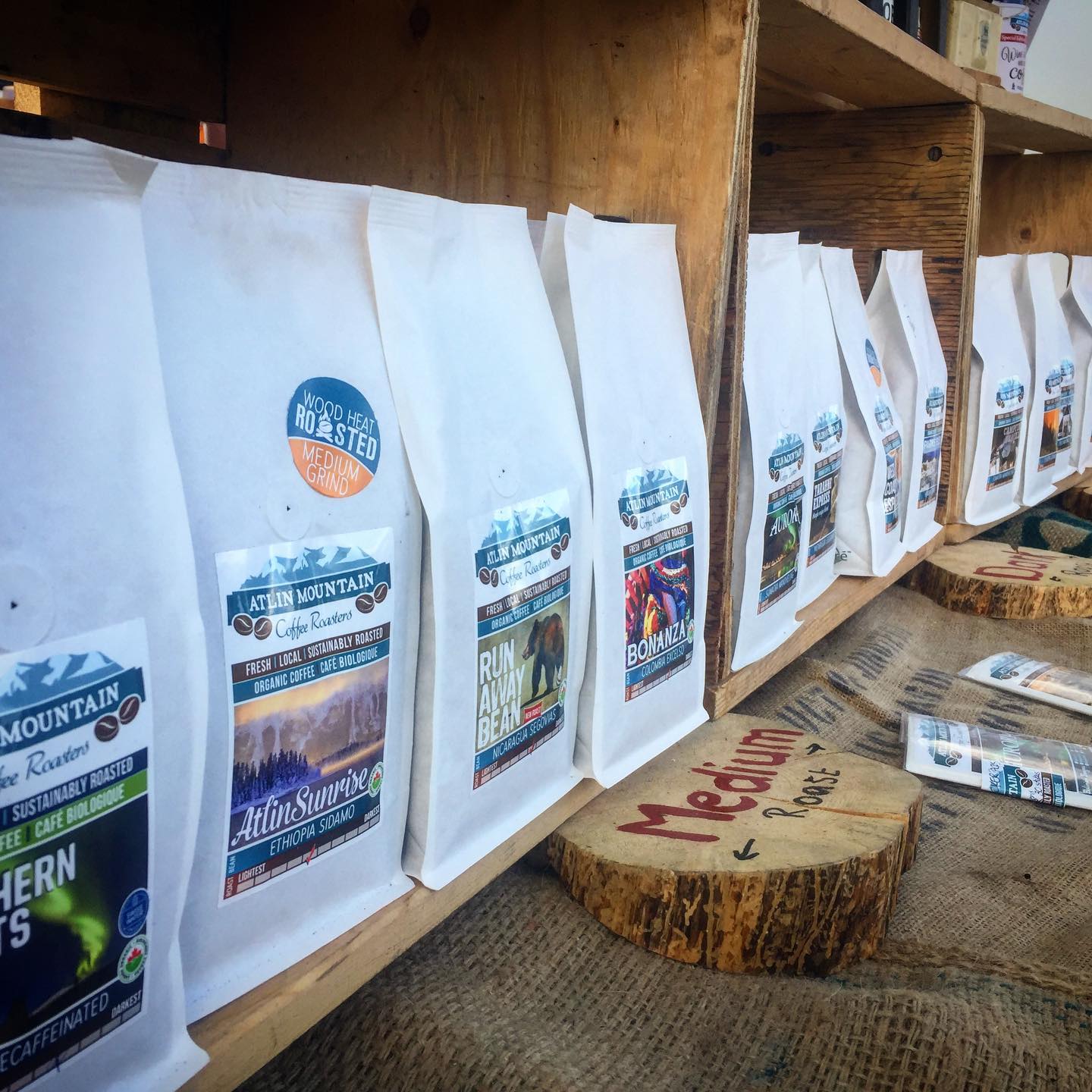Password: 2025
PLEASE READ THIS FIRST:
Thank you so much for stopping by!
We are taking a short break to visit our family, after a crazy busy year (THANK YOU!!).
For this reason, the roastery is closed at the moment.
The roastery and online store will REOPEN January 23, 2026. Any orders placed during our absence will not be roasted or prepared until we return (obviously :D).
If you are out of beans and need coffee right now, our retailers continue being restocked during our absence, so if you live in a town where we have a retailer, we suggest you stop by there for an "instant" coffee resupply.
If you have questions, concerns or issues getting on the website, you can always email us at info@atlinmountaincoffee.com, we will do our best to respond as quickly as we can.
The website is accessible. To get on the website just click 'enter using password', the password is: 2026
Thank you so much for your support and understanding!
You are the best!
Philippe and Leandra
Featured products
-

Fundraiser blends
Drinking great coffee while giving back? You're here to level up your...
-

Barrel aged coffee
Our legendary and certified organic(!) Whisky barrel aged coffee. Created in barrels...


